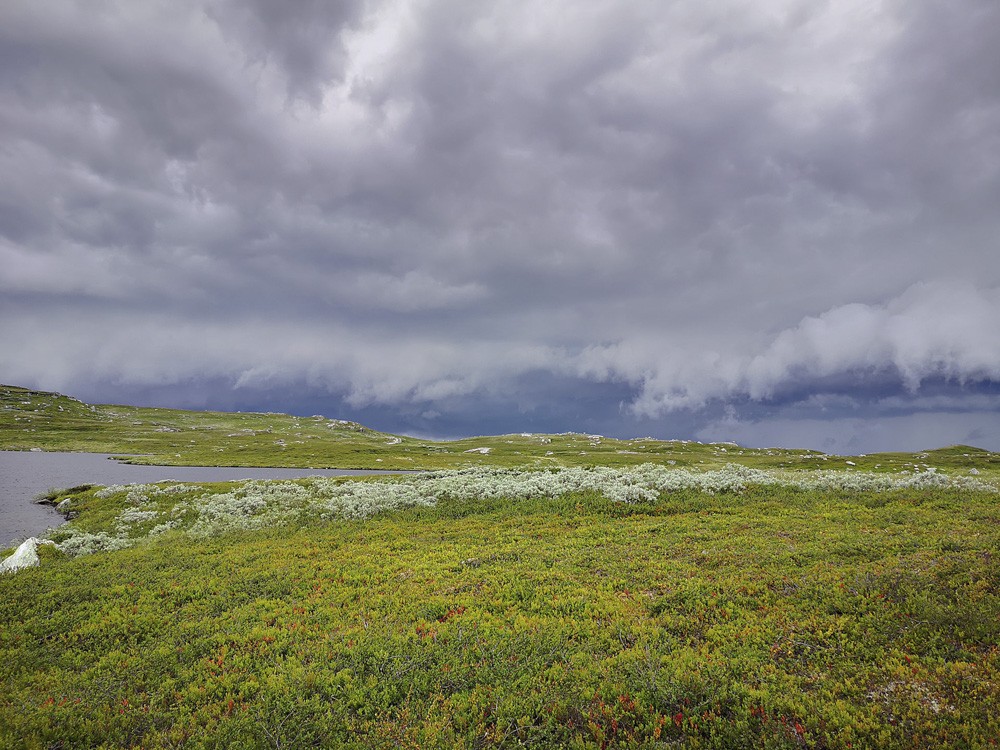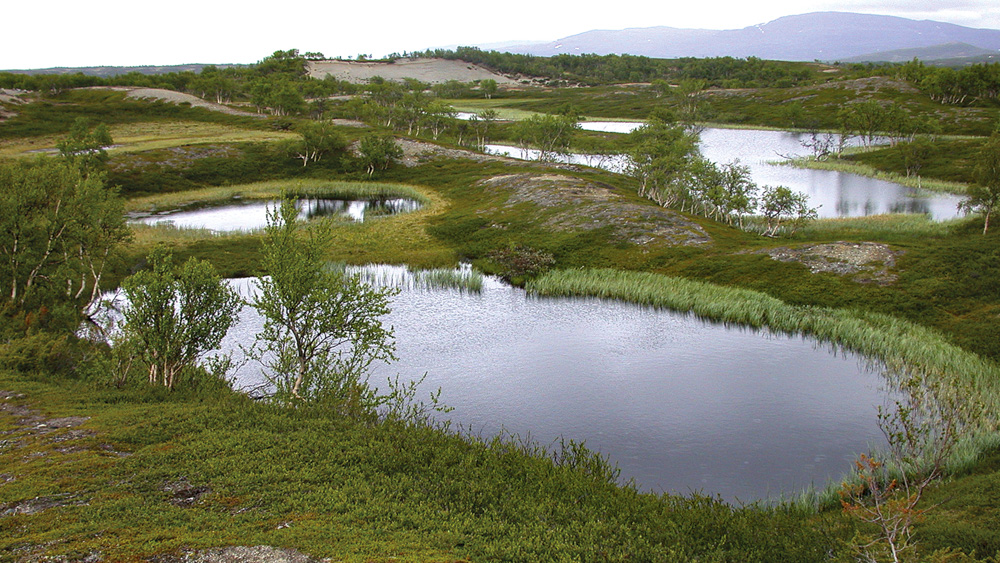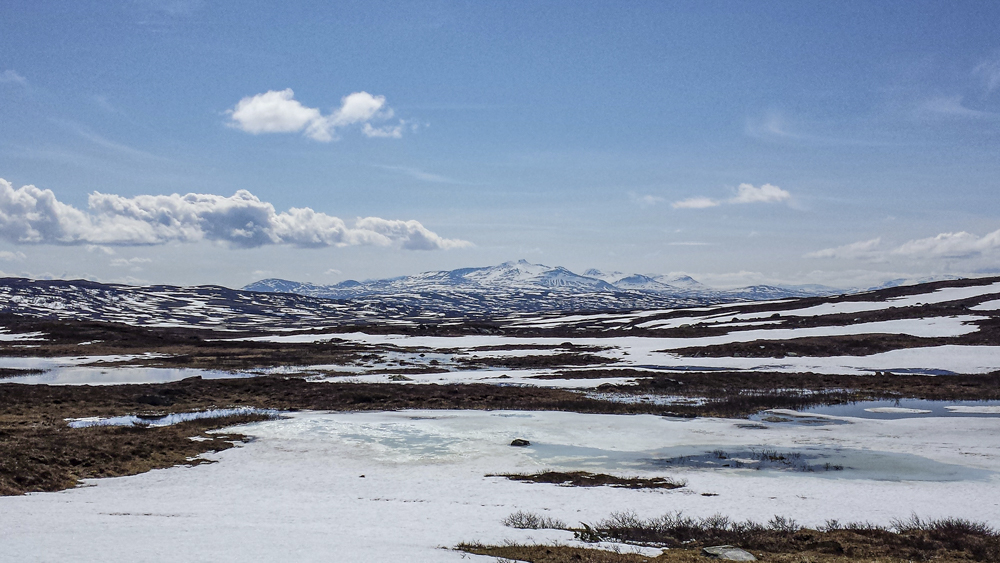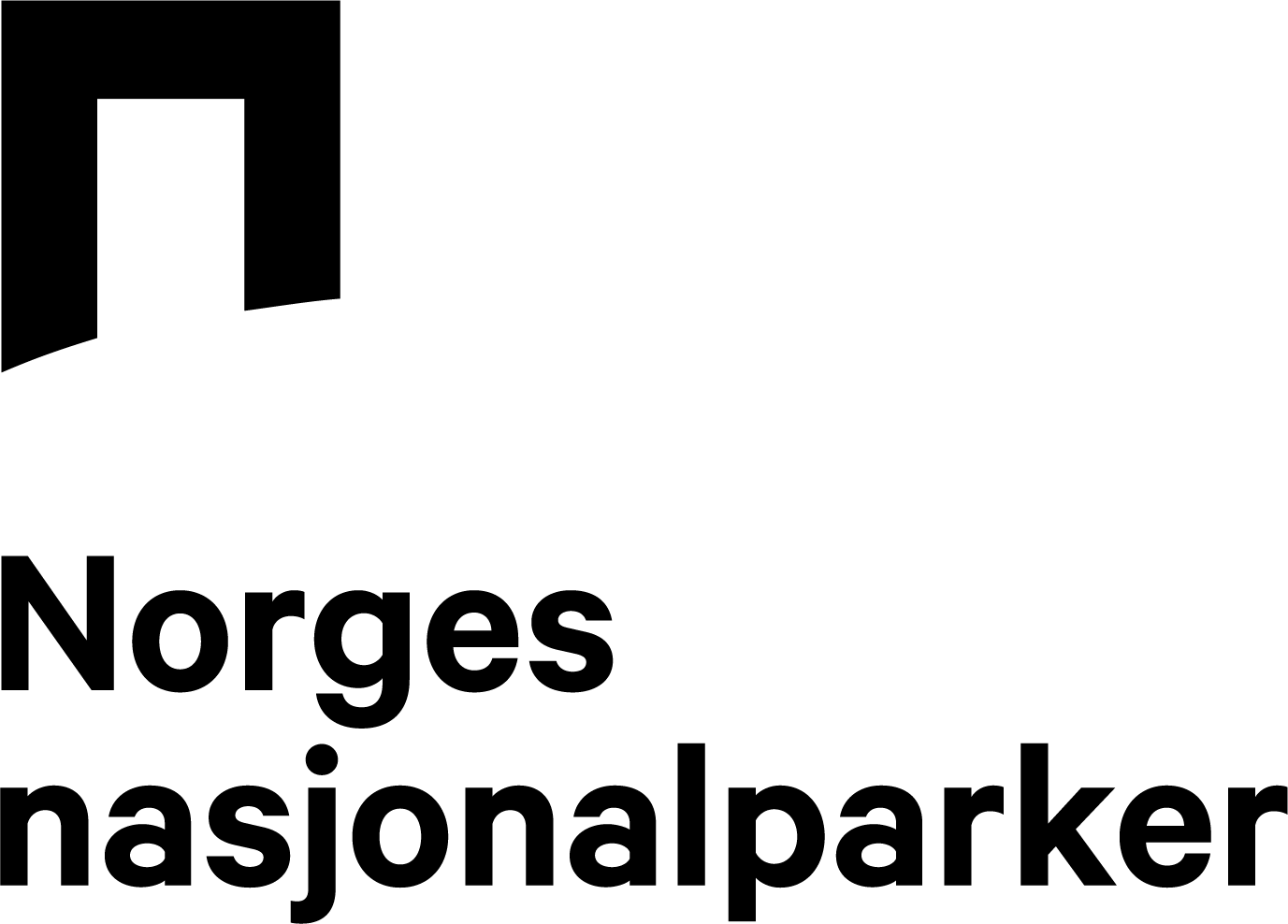≡ Menu

The nature reserves in Sylan
In the north of Sylan Protected Landscape is Sankkjølen Nature Reserve. Sankkjølen is approx. 24 square kilometres, was given protected status in 2008, and is in Tydal municipality. In the north, Sankkjølen borders Rangeldalen Mature Reserve. Rangeldalen is approx. 26 square kilometres in size, was given protected status in 1988, and is in Meråker municipality. Nature reserves are the strictest form of conservation area that exist. Each nature reserve has its own regulations regarding conservation
The nature reserves in Sylan
In the north of Sylan Protected Landscape is Sankkjølen Nature Reserve. Sankkjølen is approx. 24 square kilometres, was given protected status in 2008, and is in Tydal municipality. In the north, Sankkjølen borders Rangeldalen Mature Reserve. Rangeldalen is approx. 26 square kilometres in size, was given protected status in 1988, and is in Meråker municipality. Nature reserves are the strictest form of conservation area that exist. Each nature reserve has its own regulations regarding conservation



Sankkjølen Nature Reserve
Sankkjølen Nature Reserve comprises far-reaching untouched areas of wetland. The range of different kinds of marshes and bogs here, including palsa peat mounds, makes the area of particular interest. Sylan is of major botanical importance and in those areas rich in limestone, the mountain flora is of major significance. For example, Simple kobresia (also known as simple bog sledge) and Oeder’s lousewort are found here, close to the border of northern Scandinavia.
Here are the conservation regulations for Sankkjølen Nature Reserve: conservation regulations.
At the same time, the area is very important for wetland birds such as the American black duck, Long-tailed duck, Red-throated loom, crane, and Broad-billed sandpiper. Sylan, along with with the mountainous areas of Helagsfjella and Skardsfjella, is one of the most important habitats for Arctic foxes in Scandinavia.
Rangeldalen Nature Reserve and Sankkjølen Nature Reserve include large, untouched marshy areas that have a range of bogs including palsa peat mounds. Several of these bogs are of international conservation value. These areas are incredibly diverse in terms of their botany, and they are important habitats for wetland bids like the American black duck, Long-tailed duck, Red-throated loom, Greater scaup, and Broad-billed sandpiper, crane, etc. The bogs are enriched and nourished by Quaternary deposits.
In accordance with the Royal Order-in-Council of 11/04/2008, Sankjølen Nature Reserve was established at the same time (Appendix 4). The nature reserve covers a total area of approx. 24.2 (km)2. The purpose of establishing this conservation area is to protect a major, untouched mountain range and its biological diversity – its habitats, ecosystems, the species that are found here, and the ecological processes that take place. The combination of close-knit bogs and their major diverse botanical diversity makes Sankkjølen of extreme botanical significance. The area is important for a wide range of wetland birds and is rich in Quaternary deposits. Sankkjølen has been left untouched by technology and is an important area for scientific reference.
Together, the protected landscape of Sylan and Sankkjølen Nature Reserve comprises approx. 191(km)2.
The first steps taken to protect Sylan included Sankkjølen Nature Reserve right from the offset. During the course of 2015, the administration of Rangedalen Nature Reserve was also taken over by Nasjonalparkstyret for Skarvan og Roltdalen og Sylan (“the Executive Committee for Nature Reserves in Skarvan, Roltdalen and Sylan”). The initial plan for managing Rangedalen Nature Reserve did not include Sankkjølen; however, it was included in the first review.
Rangeldalen Nature Reserve
Rangeldalen Nature Reserve covers a total area of approx. 26.0 km2.
The area became a conservation area in order to protect a large and untouched mountain range, which includes a wide range of wetlands. It also sets out to preserve the habitat of several of species of wetland birds.
Here are the conservation regulations for Rangeldalen Nature Reserve: conservation regulations.

The conservation plan has strict guidelines which ensure that the nature of the region does not diminish over time. The conservation plan for Sylan also provides information and background as to why the area received protected status in the first place, along with a description of the nature and history of the area. Furthermore, the goals outlined for the management of Sylan protected area, as well as the challenges and problems likely to be faced while managing the areas, are also laid out.
As a rule, the conservation category “nature reserve” is more strictly protected compared to a so-called “protected area”; accordingly, a nature reserve has more restrictions in place to ensure that it is protected. These restrictions will be more clearly outlined when the next administrative review takes place.
County governors were previously responsible for the administration of most conservation areas in Norway. Tydal municipality was responsible for managing both Sylan Nature Reserve and Sankkjølen Nature Reserve from 25/08/2008 to 04/04/2013. Following this, the Nasjonalparkstyret for Skarvan og Roltdalen og Sylan (“the Executive Committee for Nature Reserves in Skarvan, Roltdalen and Sylan”) is now responsible for managing the conservation area.
Contact us
The National Park for Skarvan and Roltdalen and Sylan
Postbox 2600
7734 STEINKJER
Tel: 73 19 92 20
Email: fmtlmsb@statsforvalteren.no
